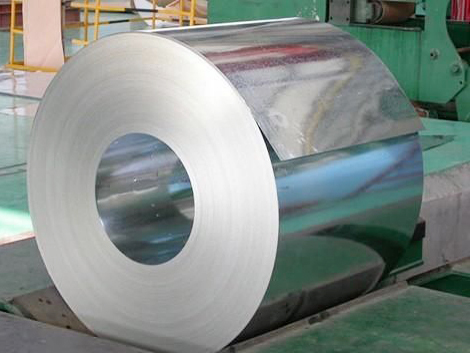Hot dip galvanizing
Hot dip galvanizing
Hot dip galvanizing
- Detail
- Parameters
Galvanizing, also known as hot-dip galvanizing and hot-dip galvanizing, is an effective way of metal corrosion protection, mainly used in various industries of metal structures and facilities. It is to immerse the derusted steel into the molten zinc solution at about 500 ℃, so that the surface of the steel members is attached with zinc layer, so as to achieve the purpose of anti-corrosion. Hot dip galvanizing process flow: finished product pickling, water washing, adding auxiliary plating solution, drying, hanging plating, cooling, chemical treatment, cleaning, polishing and hot dip galvanizing completion 1. Hot dip galvanizing is developed from the older hot dip galvanizing method. It has a history of more than 170 years since France applied hot dip galvanizing to industry in 1836. In the past 30 years, with the rapid development of cold rolled strip, the hot-dip galvanizing industry has been developed on a large scale.
The hot-dip galvanizing coil is produced by continuous hot-dip galvanizing process with hot-rolled steel strip or cold-rolled steel strip as base plate. The hot-dip galvanized sheet is supplied by rectangular flat plate after cross cutting; the hot-dip galvanized sheet is supplied by coiling.
Therefore, hot-dip galvanized steel coil can be divided into hot-rolled galvanized steel coil and cold-rolled hot-dip galvanized steel coil, which are mainly used in construction, home appliances, automobiles, containers, transportation and home industry. In particular, steel structure construction, automobile manufacturing, steel warehouse manufacturing and other industries.
Their characteristics are: strong corrosion resistance, good surface quality, benefit from deep processing, economic and practical. Product standard: implement enterprise standard / national standard.
The corrosion resistance of hot galvanizing is much higher than that of cold galvanizing. Hot galvanizing will not rust in a few years, cold galvanizing will rust in half a year!
The cold galvanizing process is used to protect the metal from corrosion. For this reason, the coating with zinc filler is applied to the protected surface by any coating method. After drying, the coating with zinc filler is formed. The content of zinc in the dry coating is 95%. Steel is galvanized on the surface under the condition of cooling, while hot-dip galvanizing is the galvanizing of steel pipe on the surface under the condition of hot-dip galvanizing. It has strong adhesion and is not easy to fall off. Although the hot-dip galvanizing pipe is corroded, it can meet the technical and sanitary requirements in a long period
Product application
Hot dip galvanizing products have excellent corrosion resistance, environmental protection and pollution-free, stable product performance, easy to weld, and have been widely used in the following aspects:
(1) Mechanical transportation: highway, highway guardrail, muffler, conveyor track, cable strength wire, bolt, truck roof board, etc;
(2) Construction: steel window, chain door, scaffold, steel formwork, civil radiator, etc;
(3) Thermal aspects: impact plate, impeller, chiller parts, dryer, burning bracket, etc;
(4) Light industry: food processing machinery, dairy products, oven, brewing machinery, etc;
(5) Electric power: wire tower, microwave tower, anti noise equipment, road sign bracket, etc.
